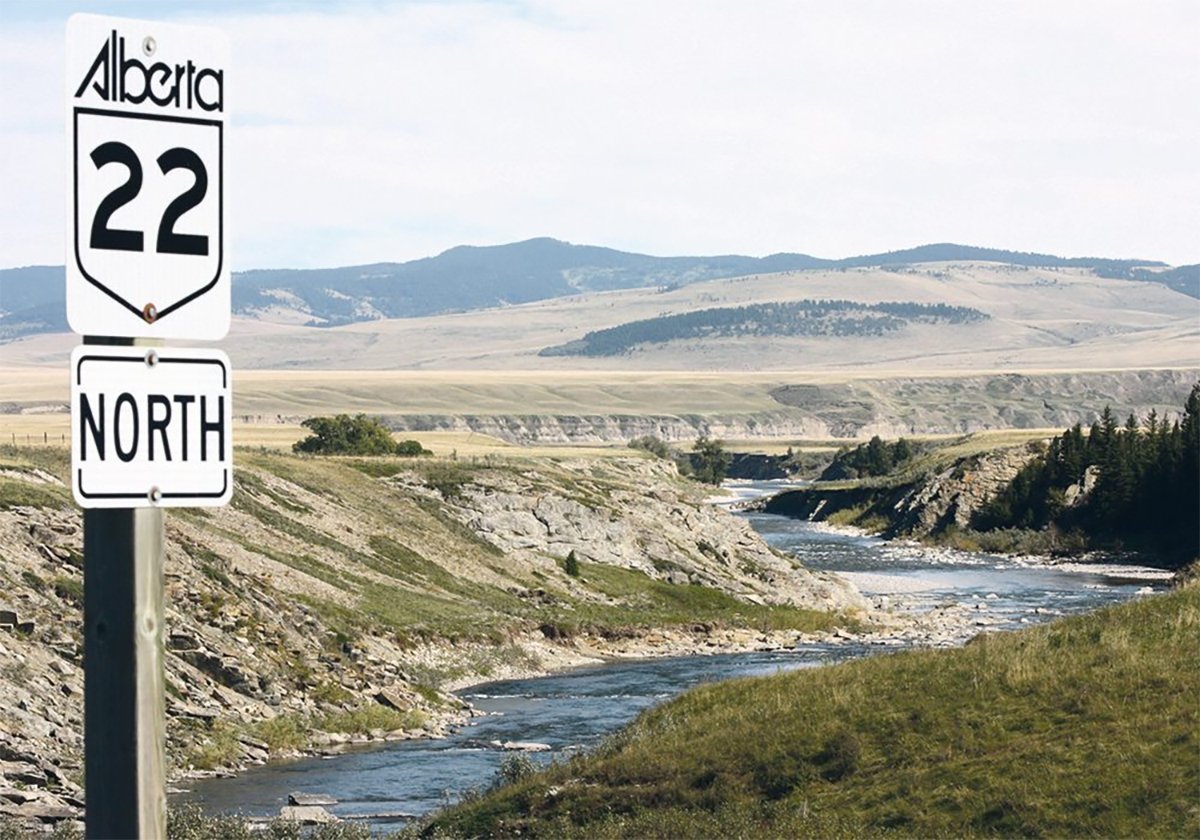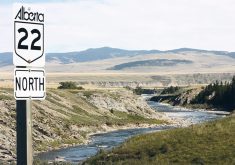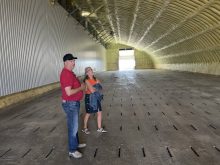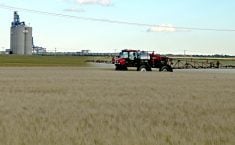SASKATOON – When federal and provincial agriculture ministers quickly agreed last week to funnel as much as $450 million to waterlogged prairie farmers through AgriRecovery, Ontario’s frustrated farm leaders were watching.
They have been calling for program help to the country’s largest farm economy that has suffered from years of losses or break-even returns but to little avail.
Ontario Federation of Agriculture president Bette Jean Crews was in Saskatoon for the federal-provincial ministers’ meeting where the aid announcement was made July 8. She left with a message for her farmers – remind rural Ontario voters that the scores of rural Ontario Conservative MPs must answer for their government’s lack of response to Ontario farm woes. An election is coming.
Read Also

New coal mine proposal met with old concerns
A smaller version of the previously rejected Grassy Mountain coal mine project in Crowsnest Pass is back on the table, and the Livingstone Landowners Group continues to voice concerns about the environmental risks.
“What I heard from ministers and from this announcement was that existing programs are not working and that is huge progress,” she said July 12.
“It hammers home the point that while they could come with significant money for a disaster in Saskatchewan, and I’m glad they did, they have not responded to numerous market crises in Ontario. I think Ontario MPs should be a bit uncomfortable about that. It will be an election issue.”
The $450 million prairie aid package will make $30 per acre available to farmers who could not seed because of flooding or who seeded and then saw it wash away.
It will be funded 60 -40 by federal and provincial governments with Saskatchewan receiving the lion’s share of the funding – $360 million.
Alberta expects to distribute $60 million and Manitoba $30 million.
Application forms are available in Saskatchewan and will be available in sister provinces this week or next.
The first cheques are expected to be in the mail by early August through crop insurance offices or the Manitoba Agricultural Services Corporation.
Opposition MPs quickly noted that because the money will be counted as “eligible income” when calculating AgriStability payments for the year, the net value of the announcement will be less than $450 million.
“It will be significantly less but at this point, you can’t speculate how much less,” said Liberal agriculture critic Wayne Easter July 12.
Federal agriculture minister Gerry Ritz said the AgriRecovery package to help farmers maintain flooded land for next year’s crop was unprecedented in size and speed under Agri-Recovery.
He said the money will supplement an estimated $1.4 billion that ministers expect will flow under other programs, including crop insurance, AgriStability and AgriInvest.
“This was an unprecedented situation with inches, in some cases feet, of rain we’ve not seen in recent decades,” said Ritz. “The federal and provincial government’s immediately got to work analyzing the situation to make sure that farmers could weather this particular storm.”
Prairie provincial ministers praised Ritz for his quick response.
“You have a catastrophe like we’ve just experienced and you look at coverages that a person can get through the normal course of business, take a look at what the shortfall will be in terms of expenses and the AgriRecovery announcement fills the gap,” Alberta agriculture minister Jack Hayden said.
Saskatchewan minister Bob Bjornerud said the help is crucial.
“About a third of Saskatchewan’s cropland will not produce this year, about eight million because of the unseeded acres,” he said.
“But now with the flooded acres going on from an excess of four million acres it works out to about 18 percent of Canada’s farm lands right here in Saskatchewan (that) will not produce.”
Saskatchewan Association of Rural Municipalities president David Marit said the aid announcement is a boost for Saskatchewan.
RM offices will provide applications for aid.
“I think this is a great story for rural Saskatchewan and not just rural Saskatchewan but all Saskatchewan,” he said. “It’s going to have an impact on the economy as far as farmers paying their bills.”
Ministers noted that farmers enrolled in the crop insurance program are eligible for up to $50 per acre in crop insurance payments on a portion of their unseeded acres and the $30 will be supplement.
Acres seeded but washed away are not eligible for crop insurance payments.
Ritz told the July 8 news conference that despite farmer criticism of the business risk management programs, the announcement of AgriRecovery money shows the programs work.
















